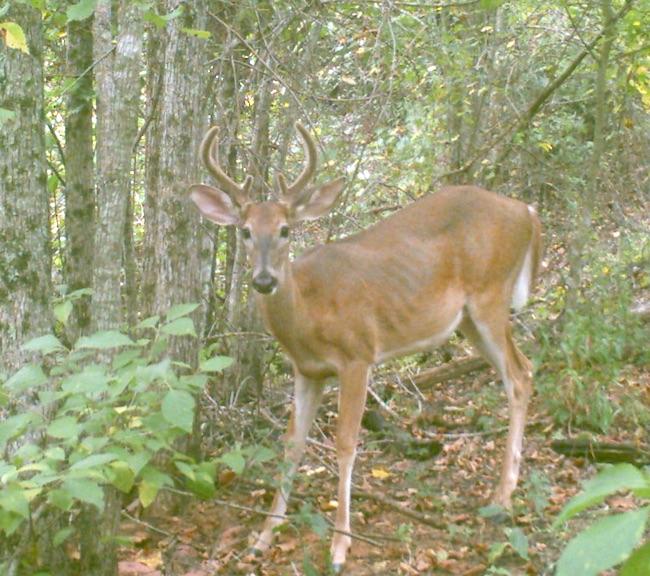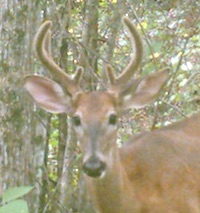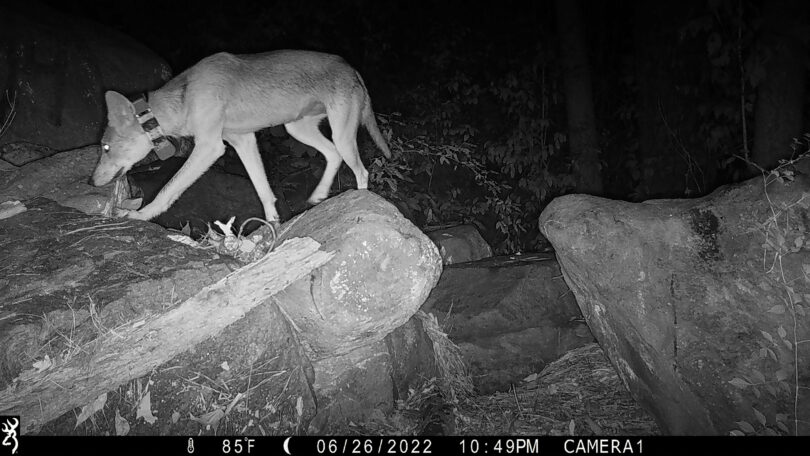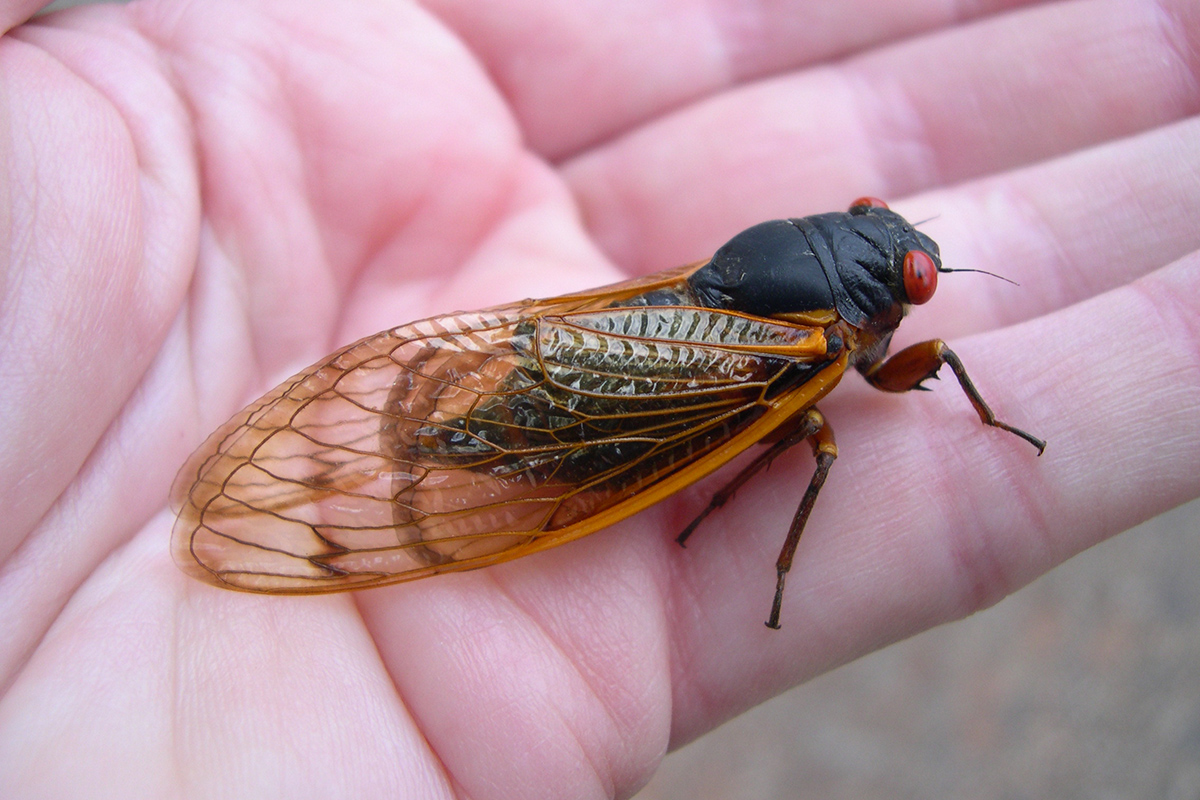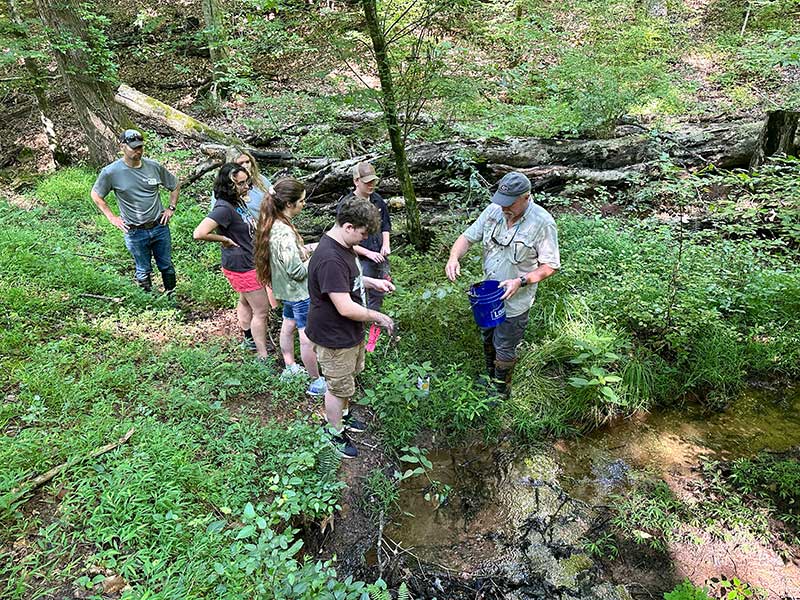The most widely hunted big-game species across the American landscape is the whitetail deer. Early American settlers often used whitetail deer for food and to trade, but many hunters today seem more concerned with the deer’s antlers.
Antlers are not horns, though the two words are often used synonymously. Horns are permanent, keratinized epithelial cells. The protein keratin is required to harden those cells. Antlers, on the other hand, are derived from endothelial cells that are grown and shed annually. These cells are grown from the tip of the sequential antler and are made of osteocytes, or bone cells, that calcify and harden.
Antlers are the fastest growing tissue known to man. With the right nutrition, a buck can grow an excess of 200 inches of bone on his head in a matter of 120 days.
Photoperiodism, which is the response of an organism to seasonal changes in day length, causes deer’s antlers to grow and shed. Changes in the photoperiod — in this case, a lengthening or shortening of the amount of daylight hours deer experience — trigger an exogenous response, or a physical response to external or environmental stimuli. Mammalian responses are touched off through the optic nerve, which produces a hormonal reaction within the brain that triggers different physiological events based on the length of the photoperiod.
In whitetail deer, the increase in photoperiod length causes a decline in melatonin levels. As melatonin decreases, antler growth is initiated. Antler growth normally begins around late March and early April. Early stages of growth are generally slow due to shorter daylight hours. As the days get longer, growth becomes more rapid.
During late spring and summer, antlers are exposed to a very rich blood supply and are covered with a hairlike membrane commonly known as “velvet.” While “in velvet,” antlers are susceptible to injury, and cuts or bruises suffered at this time often result in deformed antlers. Growing antlers have high water content and consist of 80 percent protein and 20 percent ash, or calcium and phosphorus.
As the days begin to shorten after the summer solstice, the antler begins to harden. Shorter days trigger another hormonal response. The hypothalamus releases hormones that trigger an increased production of testosterone. At the same time, the pineal gland begins to increase the production of melatonin.
Around late August and early September, growth is complete and blood ceases to flow into the antler. The antler beneath the velvet has hardened by this point due to the increased levels in testosterone and melatonin. The velvet is sloughed off, resulting in hard, polished antlers that remain throughout the breeding season. Antler content has changed; it is 60 percent ash and 40 percent protein by this point.
Shortly after whitetail breeding season, testosterone levels begin to decline in bucks. By March, testosterone levels are at their lowest. Melatonin levels have also declined as a result of the increase in photoperiod.
The previous year’s antlers are shed and a new set of antlers immediately start growing. Though visible antlers may not be apparent for several weeks, the cycle begins anew each year.

